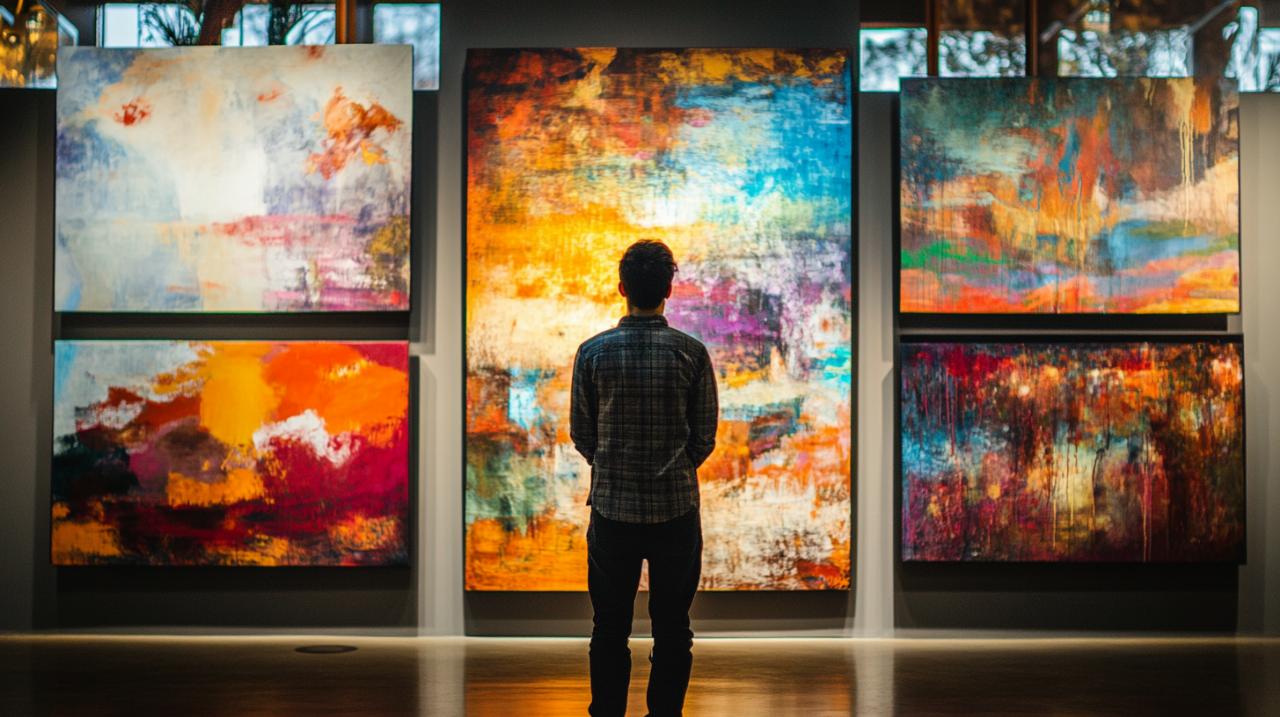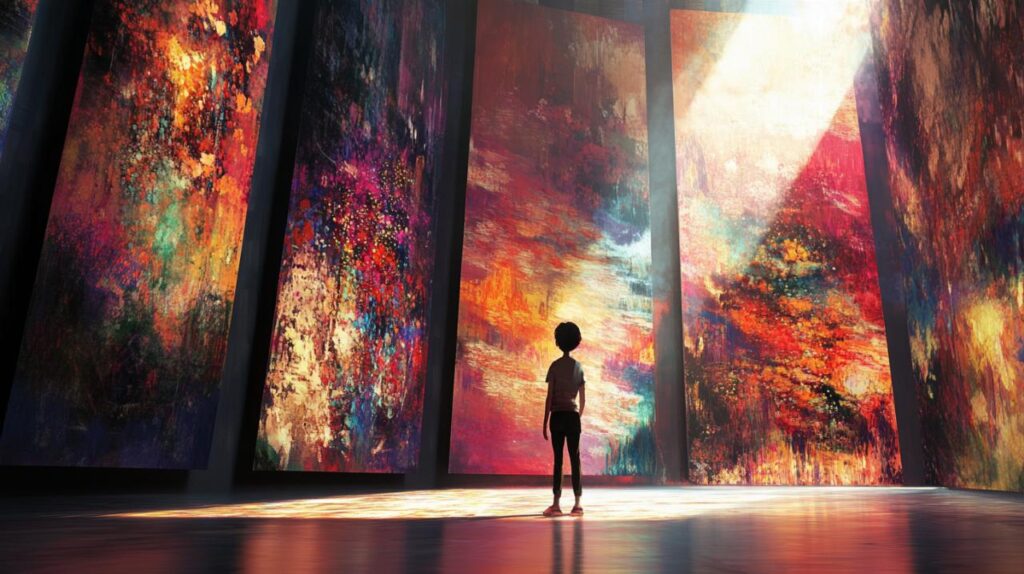When we encounter a striking sculpture in a gallery or witness a thought-provoking performance piece, we often find ourselves asking deeper questions about meaning, existence, and the very essence of what it means to be human. This natural curiosity connects us to a tradition stretching back millennia, where thinkers and creators have sought to understand not just what art is, but why it matters to our collective experience. Philosophy and artistic expression have always shared an intimate dialogue, each informing and enriching the other in ways that continue to shape how we perceive ourselves and the world around us.
The philosophical foundations of artistic expression
At its core, artistic creation is rarely a purely aesthetic endeavor divorced from meaning. Every brushstroke, every note in a composition, and every movement in a dance carries with it questions about perception, reality, and the human condition. Philosophy provides the conceptual framework through which we can examine these questions, offering tools to interrogate the significance of beauty, the nature of emotions evoked by creative works, and the values embedded within cultural production. From ancient Greece through to contemporary installations, artists have grappled with philosophical themes whether consciously or intuitively, making their work a kind of visual or performative argument about existence itself.
Aesthetic theory and cultural identity
Aesthetic philosophy concerns itself with understanding how we experience beauty and what constitutes value in creative expression. This field recognizes that our appreciation of art is never culturally neutral. Rather, our heritage, social context, and shared histories profoundly influence what we find moving or significant. Cultural aesthetics examines precisely this dynamic, exploring how different societies develop distinct visual languages and artistic traditions that reflect their unique worldviews. An art and culture blog dedicated to philosophical inquiry might explore how indigenous patterns carry cosmological meanings or how Renaissance masterworks encoded theological debates of their era. The reciprocal relationship between aesthetic theory and cultural identity reveals that artworks do far more than decorate spaces; they actively shape collective consciousness and preserve values across generations.
How philosophical thought shapes creative practice
Contemporary artists increasingly engage explicitly with philosophical concepts, creating works that function as tangible explorations of abstract ideas. Marina Abramović's performance art exemplifies this approach, using her own body and endurance to investigate questions of presence, consciousness, and the boundaries between artist and audience. Such practices demand that viewers become active participants in philosophical questioning rather than passive observers. Installations that manipulate space and perception similarly challenge our assumptions about reality, asking whether what we see can be trusted and how context alters meaning. Social critique in visual culture tackles urgent philosophical questions surrounding justice, freedom, and identity, transforming galleries into spaces for ethical reflection. This deliberate integration of philosophical themes into creative practice demonstrates how analytical thinking and artistic imagination need not exist in separate domains but can productively inform one another.
Cultural Context and the Meaning of Art
 No artwork exists in isolation from the society that produces it. Understanding this fundamental truth requires examining the intricate ways that cultural content development, historical circumstances, and social structures leave their imprint on creative output. Philosophy offers methodologies for this examination, particularly through critical analysis that considers not just what an artwork depicts but why it was created, who had access to its creation and appreciation, and what unstated assumptions it carries forward. The discipline encourages us to look beyond surface beauty to consider how power, belief systems, and collective anxieties manifest in cultural production.
No artwork exists in isolation from the society that produces it. Understanding this fundamental truth requires examining the intricate ways that cultural content development, historical circumstances, and social structures leave their imprint on creative output. Philosophy offers methodologies for this examination, particularly through critical analysis that considers not just what an artwork depicts but why it was created, who had access to its creation and appreciation, and what unstated assumptions it carries forward. The discipline encourages us to look beyond surface beauty to consider how power, belief systems, and collective anxieties manifest in cultural production.
The reciprocal relationship between society and artistic movement
Artistic movements both reflect and actively shape the societies from which they emerge. During periods of social upheaval, creative expression often becomes a vehicle for processing collective trauma or imagining alternative futures. The Renaissance demonstrated how renewed philosophical interest in humanism and empirical observation transformed visual representation, leading artists to develop perspective techniques that mirrored contemporary epistemological shifts. In our own era, contemporary art continues this tradition by responding to technological change, environmental crisis, and questions about digital existence. Philosophy helps us recognize these patterns, showing how aesthetic choices encode broader cultural conversations. Meanwhile, influential artworks can shift public consciousness, changing how communities understand themselves and their possibilities. This reciprocal dynamic means that cultural diversity in artistic expression not only preserves heritage but actively contributes to ongoing social cohesion and transformation.
Philosophical Interpretation of Cultural Symbolism in Art
Symbols carry concentrated cultural meaning, functioning as shorthand for complex belief systems and shared experiences. Philosophical interpretation provides tools for unpacking these dense signifiers, revealing layers of significance that might otherwise remain opaque. Curation informed by philosophical inquiry creates exhibitions that illuminate connections between seemingly disparate works, demonstrating how different cultures have approached similar existential questions through varied symbolic vocabularies. Art criticism grounded in philosophy moves beyond subjective preference to offer rigorous analysis of how technique, composition, and subject matter work together to communicate particular values or challenge established norms. This approach recognizes that understanding cultural symbolism requires both knowledge of specific traditions and broader philosophical frameworks for thinking about representation, meaning, and interpretation. Educational materials that foster such analytical skills prepare students not just to appreciate art but to understand it as a form of cultural communication deserving careful, thoughtful engagement. By developing these competencies, learners gain deeper insight into human expression across time and geography, recognizing both unique cultural specificities and shared philosophical preoccupations that transcend particular contexts.



